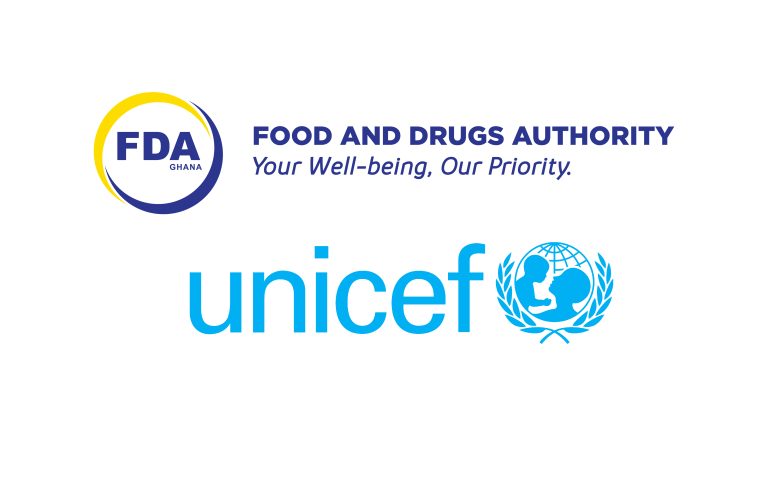What is Tramadol?
Tramadol is a man-made (synthetic) narcotic analgesic (pain reliever).
What is Tramadol used for?
Tramadol acts as a pain reliever and is prescribed to patients suffering from
moderate to severe pain.
How does Tramadol work as a pain reliever?
Once Tramadol enters the body, it attaches to the brain’s pain receptors and
ultimately blocks the sensation of pain. The primary mode of action is to decrease
the brain’s perception of pain and preferentially inhibits serotonin reuptake.
What are the side effects of Tramadol?
• Headache, dizziness, drowsiness, tired feeling;
• Constipation, diarrhea, nausea, vomiting, stomach pain;
• Feeling nervous or anxious; or
• Itching, sweating, and flushing (warmth, redness, or tingly feeling).
• Noisy breathing, sighing, shallow breathing;
• A slow heart rate or weak pulse;
• A light-headed feeling, like you might pass out;
• Seizure (convulsions);
• Infertility, missed menstrual periods;
• Impotence, sexual problems, loss of interest in sex
What are the dangers of mixing Tramadol with other substances?
Taking Tramadol with other drugs which are not prescribed by your Doctor can lead
to harmful effects and increase the chance of addiction. The combination of Tramadol
and other substances, either alcohol or drugs can cause life threatening or even fatal
side effects. Both alcohol and Tramadol are central nervous system depressants, and
both agents slow down brain activity and function which can lead to the following:
• Confusion
• Loss of consciousness
• Brain damage
• Respiratory depression
• Increase depression and suicidal tendencies
Tramadol and other drug interactions can result in,
• Acute alcohol intoxication
• Acute abdominal conditions
• Tramadol/drug dependence
• Intracranial pressure, Liver disease
• Renal dysfunction
• Respiratory depression,
• Seizure disorders and other dangerous effects.
Is Tramadol safe to be used in children?
Generally, Tramadol should not be given to children younger than 16 years old.
Research has shown that, Tramadol in children provides superior analgesic effects
as compared to the controlled group. However there are already some cases and
clinical studies where Tramadol is used on children especially after surgery to
minimize the pain.
What are the signs of Tramadol overdose?
Tramadol is a depressant, which means it slows down the function of the central
nervous system. It slows the rate of lung and heart functions. The following may
result when there is an overdose
• Confusion
• Drowsiness
• Vomiting
• Bluish discoloration to lips and fingernails
• Shallow breathing
• Coma
• Death may occur if breathing becomes too weak
What are the signs of Tramadol withdrawal symptoms?
- A person who has become physically dependent on Tramadol may experience the
effects of withdrawal if the abuser suddenly stops using the drug.
Signs of Tramadol withdrawal include:
• Sweating,
• Chills,
• Nausea,
• Vomiting,
• Diarrhoea,
• Restlessness,
• Body aches,
• Cramps,
• Bone pain,
• Seizures.
How can you detect Tramadol misuse and dependence?
- Clients repeated requests for tramadol and their refusal to consider other pain
relievers. Such clients usually approach pharmacy staff with well-rehearsed scripts
and resort to visiting one facility to another, termed “pharmacy hopping”, when they
are denied sale of their desired product
How can Pharmacists help reduce the risk of Tramadol misuse?
- Pharmacists can help by removing Tramadol displayed at point of sale, refusing or
restricting the sale only with a prescription and also by providing information and
making direct interventions through questioning.
What is the FDA doing concerning the abuse of Tramadol?
- The FDA has:
1. Intensified nationwide public education at schools, market places, beaches,
transport terminals etc on the dangers and misuse of tramadol.
2. Collaboration with the police and other law enforcement agencies to organize
swoops to restrict influx and arrest drug peddlers of unregistered products.
3. Organizing training workshops in the entire country for law enforcement
agencies and other stakeholders in drug control on the abuse and misuse of
tramadol.
4. Increased stakeholder Collaboration with the Media, National Road Safety
Commission, NCCE, DVLA, GES, PSGH, Ghana National Licensed Chemical
Sellers Association, NACOB, GMA etc.
5. Strengthened surveillance at the points of entry to prevent influx of
unregistered drugs
6. Strengthen follow-up inspections to monitor the distribution records of
importers and manufacturers of Tramadol.
7. Variation of labeling to include the following:
o Potential for addiction.
o Do not use unless on medical advice 8. Collaborated with the Pharmacy Council to undertake the following o
restrictions on the display of Tramadol on the shelves in the Community
Pharmacies (to be distributed as Controlled drug, under lock and key) o
strictly enforce distribution of Tramadol as a controlled drug (to require
Pharmacies keep a record of prescriptions dispensed with a copy of the
valid prescription)
References
- For further clarification contact FDA on
o OFFICE LINES :-0302235100 / 0302233200 /
0544341222. o TOLL FREE :- 0800151000
(vodafone/Airtel) o Website: http://fdaghana.gov.gh o
Twitter: http://ghfda@gh_fda
o Facebook: Food and Drugs Authority-GH o
Email: fda@fdaghana.gov.gh o
o Whatsapp: 0206973065 o SMS Short Code: 4015
o Hotlines: 0299802932 0299802933


